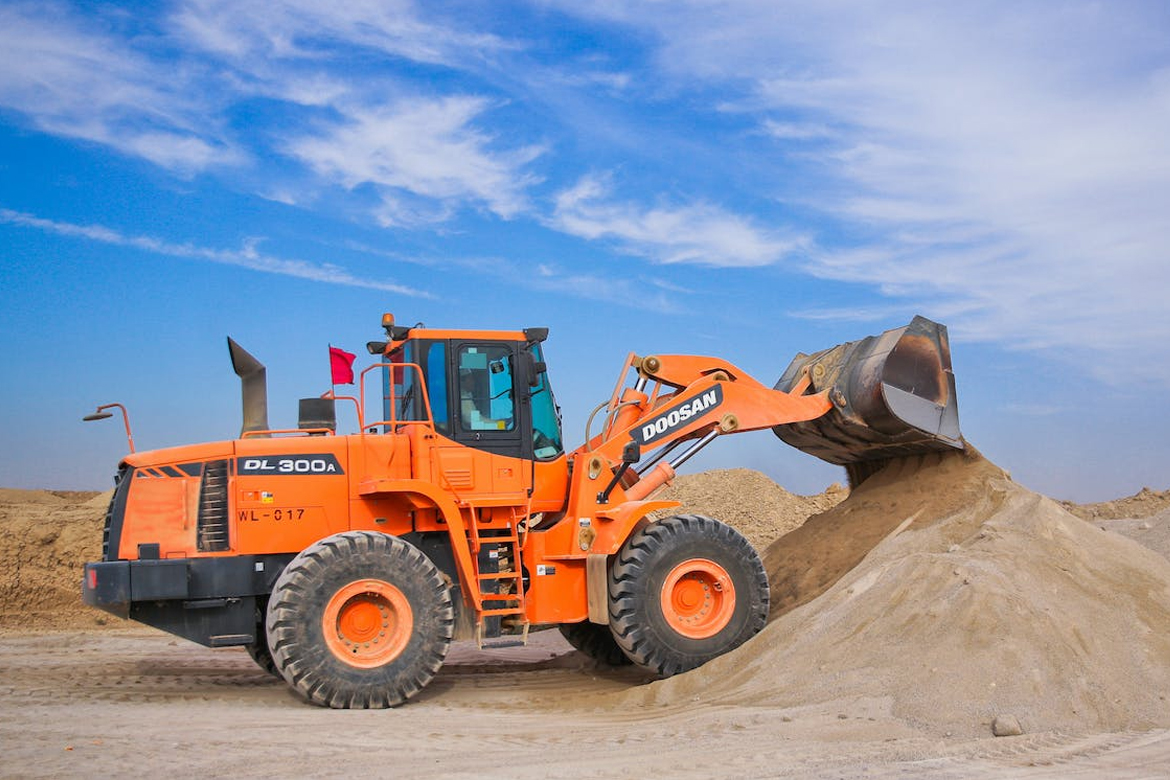The construction industry is the backbone of modern infrastructure development. From towering skyscrapers to intricate road networks, construction equipment plays a pivotal role in shaping our world. However, the cost of acquiring and maintaining these machines can be a significant burden for construction companies. This is where construction equipment financing steps in as a strategic solution.
In this article, we’ll delve into the world of construction equipment financing, exploring its benefits, common methods, and key considerations for construction firms looking to invest in their future.
The Importance of Construction Equipment Financing
- Cost Management: Construction equipment is expensive. From excavators and bulldozers to cranes and loaders, the price tag on these machines can be overwhelming. Financing allows construction companies to spread the cost over time, making it more manageable and predictable.
- Access to Advanced Technology: Staying competitive in the construction industry requires access to the latest technology. Financing enables firms to acquire cutting-edge equipment, enhancing efficiency and productivity.
- Preservation of Capital: By financing, companies can preserve their working capital for other essential needs such as payroll, material procurement, and unforeseen expenses.
- Tax Benefits: Many financing options offer tax benefits, including depreciation deductions and interest expense deductions. These can result in significant savings for construction businesses.
Common Methods of Construction Equipment Financing
- Equipment Loans: Equipment loans are a straightforward financing option. The lender provides a lump sum, which the construction company uses to purchase the equipment. The equipment itself serves as collateral, which can make the loan easier to secure.
- Equipment Leasing: Leasing offers flexibility, allowing businesses to rent equipment for a specific period. It’s an excellent option for companies that need equipment for a short-term project or want to regularly upgrade to the latest models.
- Lines of Credit: A line of credit provides businesses with a pre-approved amount of financing that can be used for various purposes, including equipment purchases. Interest is only paid on the amount used, making it a cost-effective choice.
- Asset-Based Financing: In asset-based financing, the value of the construction company’s assets, including existing equipment, can be used as collateral to secure a loan or line of credit.
- Government Financing Programs: Many governments offer financing programs or incentives to support the construction industry. These programs often come with favorable terms and lower interest rates.
Key Considerations for Construction Equipment Financing
- Creditworthiness: Lenders will assess a company’s credit history and financial stability before approving a loan. Maintaining a good credit score is essential for securing favorable financing terms.
- Interest Rates and Terms: Compare interest rates and repayment terms from different lenders to find the most favorable deal. Longer loan terms can lower monthly payments but may result in higher overall costs.
- Equipment Depreciation: Consider how quickly the equipment depreciates and align the financing term with its expected useful life. This ensures that you’re not paying for equipment long after it’s no longer in service.
- Hidden Costs: Be aware of any hidden fees or costs associated with the financing, such as application fees, closing costs, or maintenance fees.
- Resale Value: Evaluate the potential resale value of the equipment. This can affect the financing terms and help you recover some of your investment in the future.
- Maintenance and Insurance: Don’t forget to factor in maintenance costs and insurance when budgeting for equipment financing. Proper maintenance can extend the equipment’s lifespan, while insurance provides protection in case of accidents or theft.
Conclusion
Construction equipment financing is the lifeline that keeps the construction industry moving forward. Whether you’re a small contractor or a large construction firm, the ability to acquire and maintain the latest equipment is essential for success.
By carefully considering the financing options available, understanding the terms, and planning for ongoing expenses, construction companies can leverage financing to their advantage, enhancing their competitiveness and contributing to the continued growth of the industry. Construction equipment financing is not just a financial tool; it’s an investment in the future of construction.
If you’re in need of construction equipment Financing in Canada, get in touch with one of our specialists for more information.

